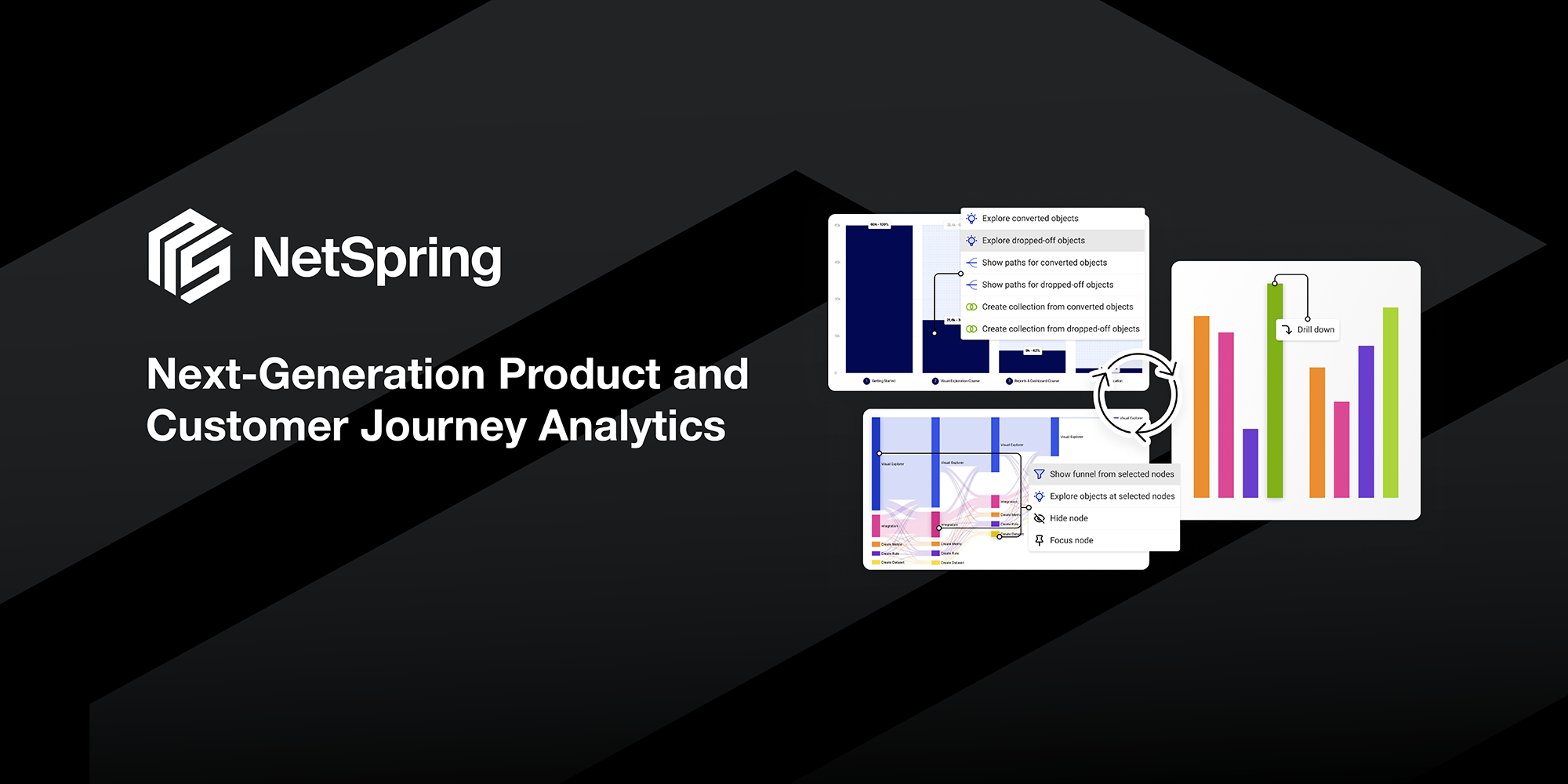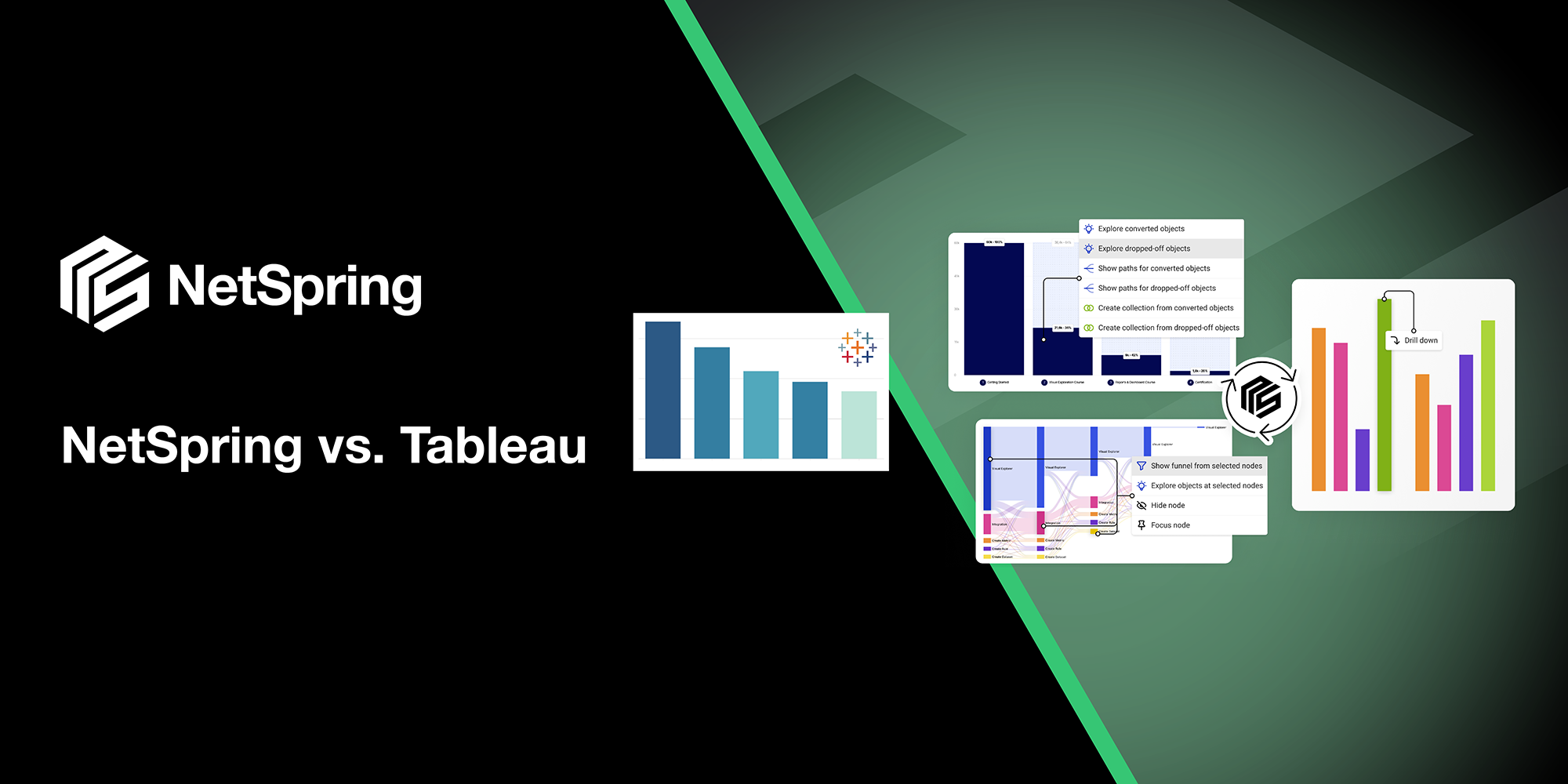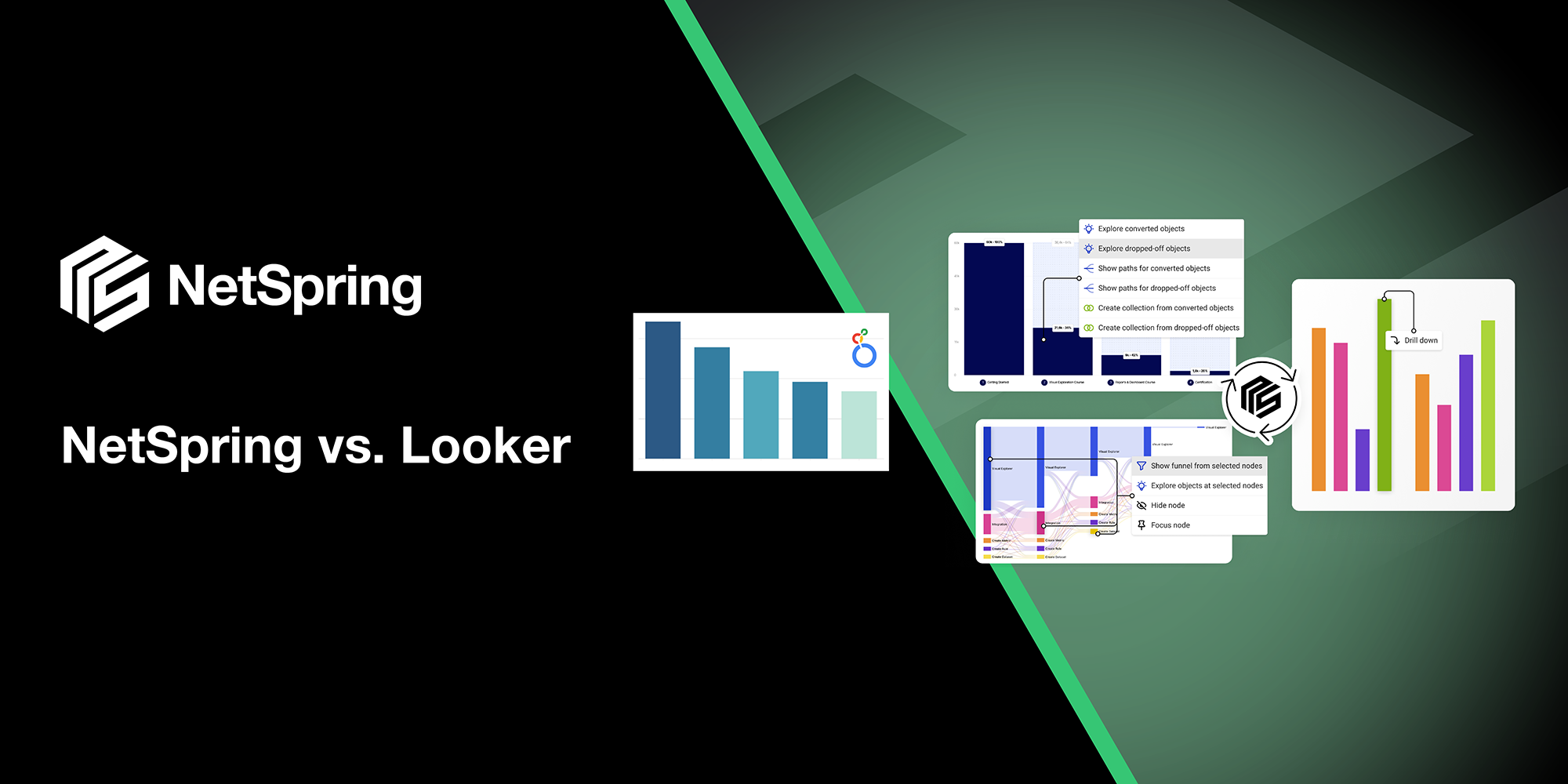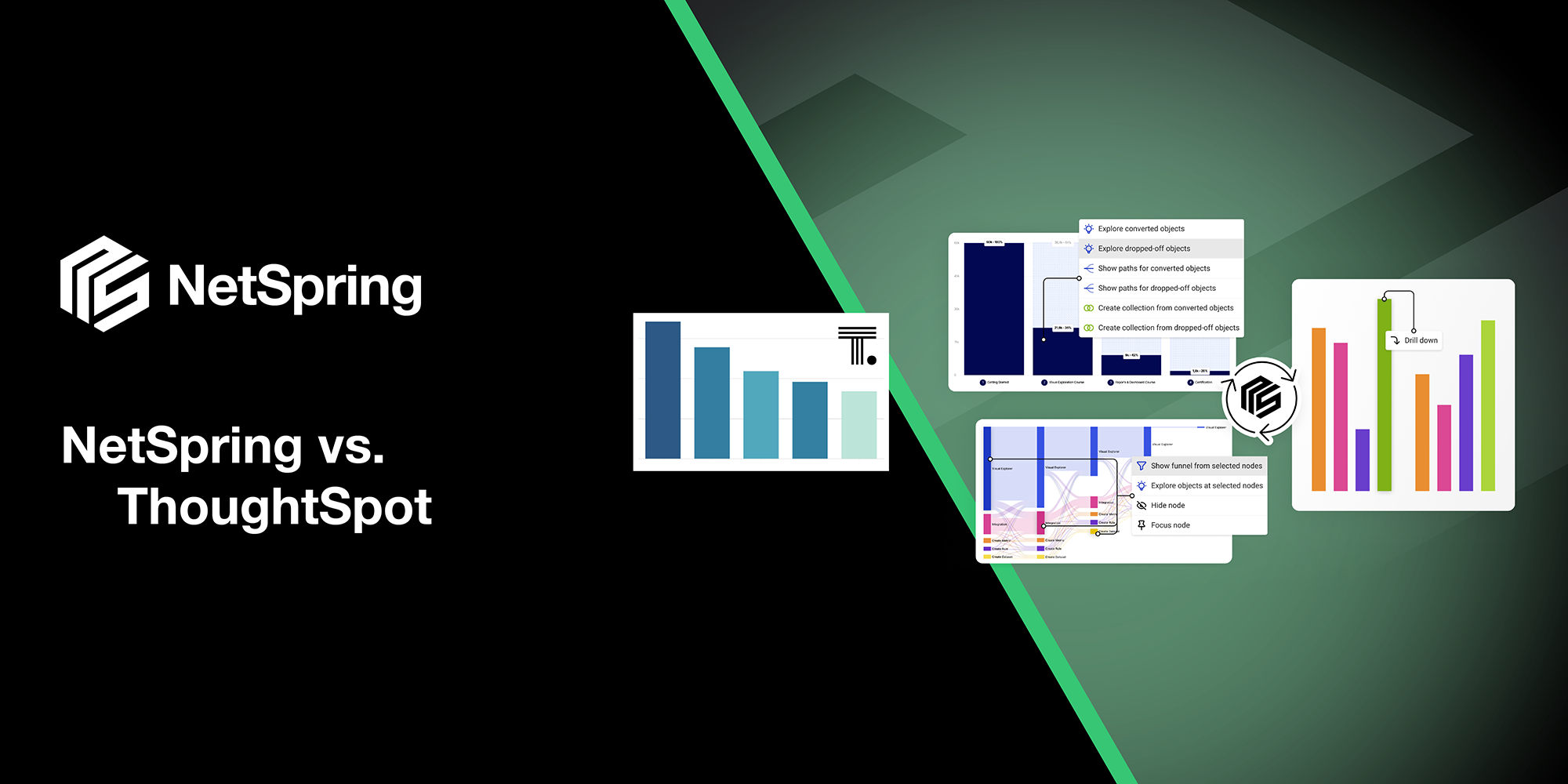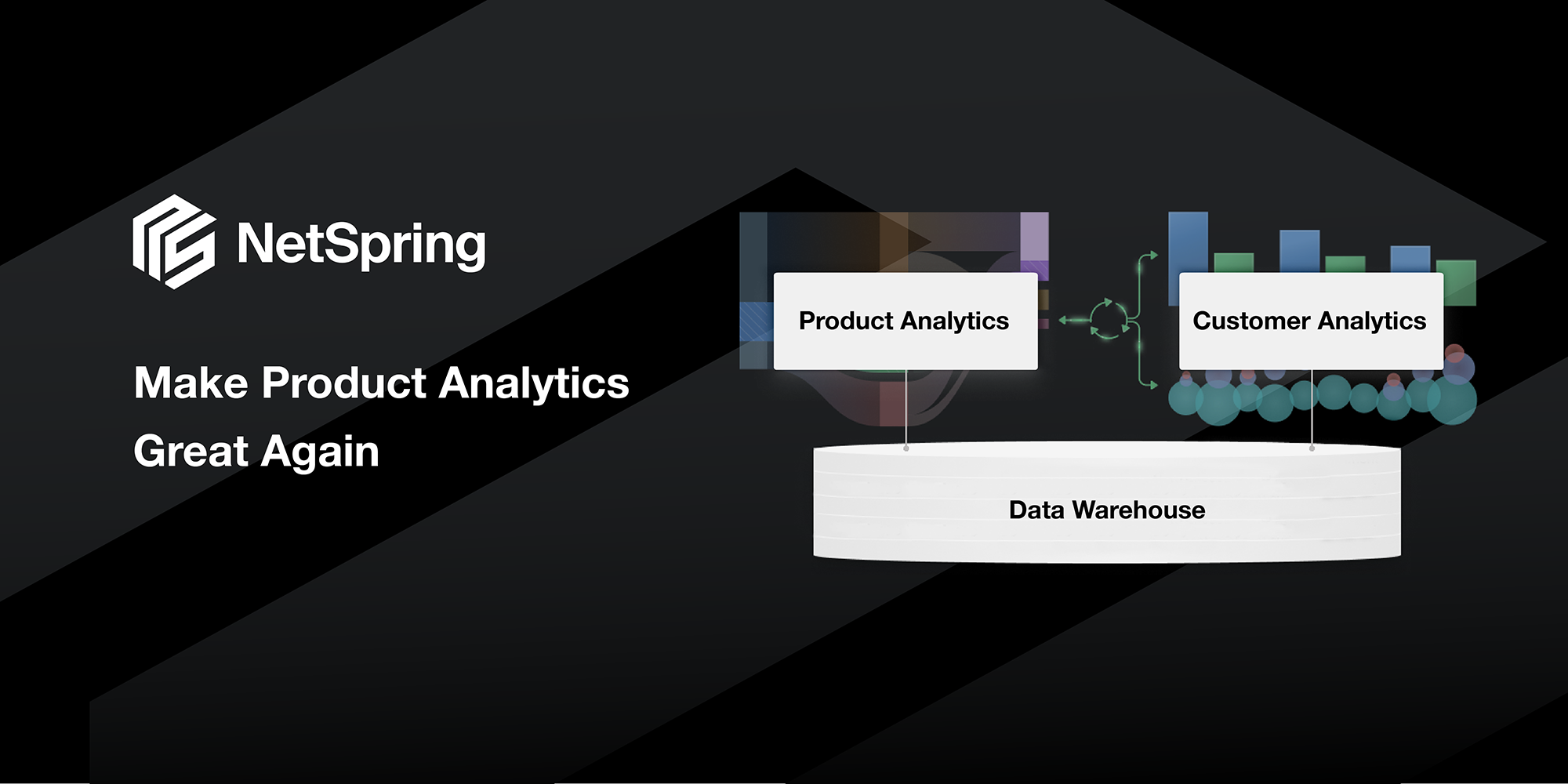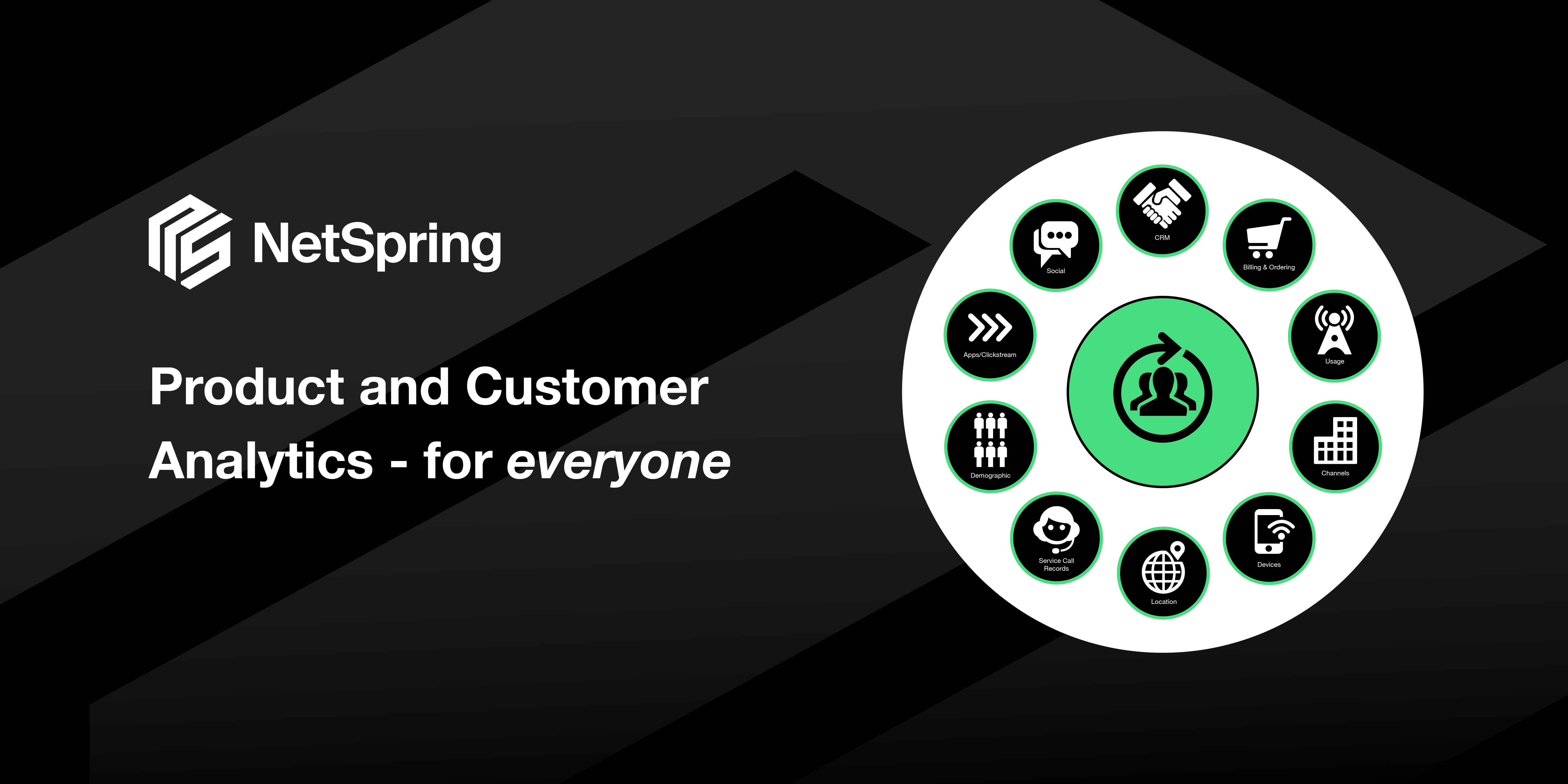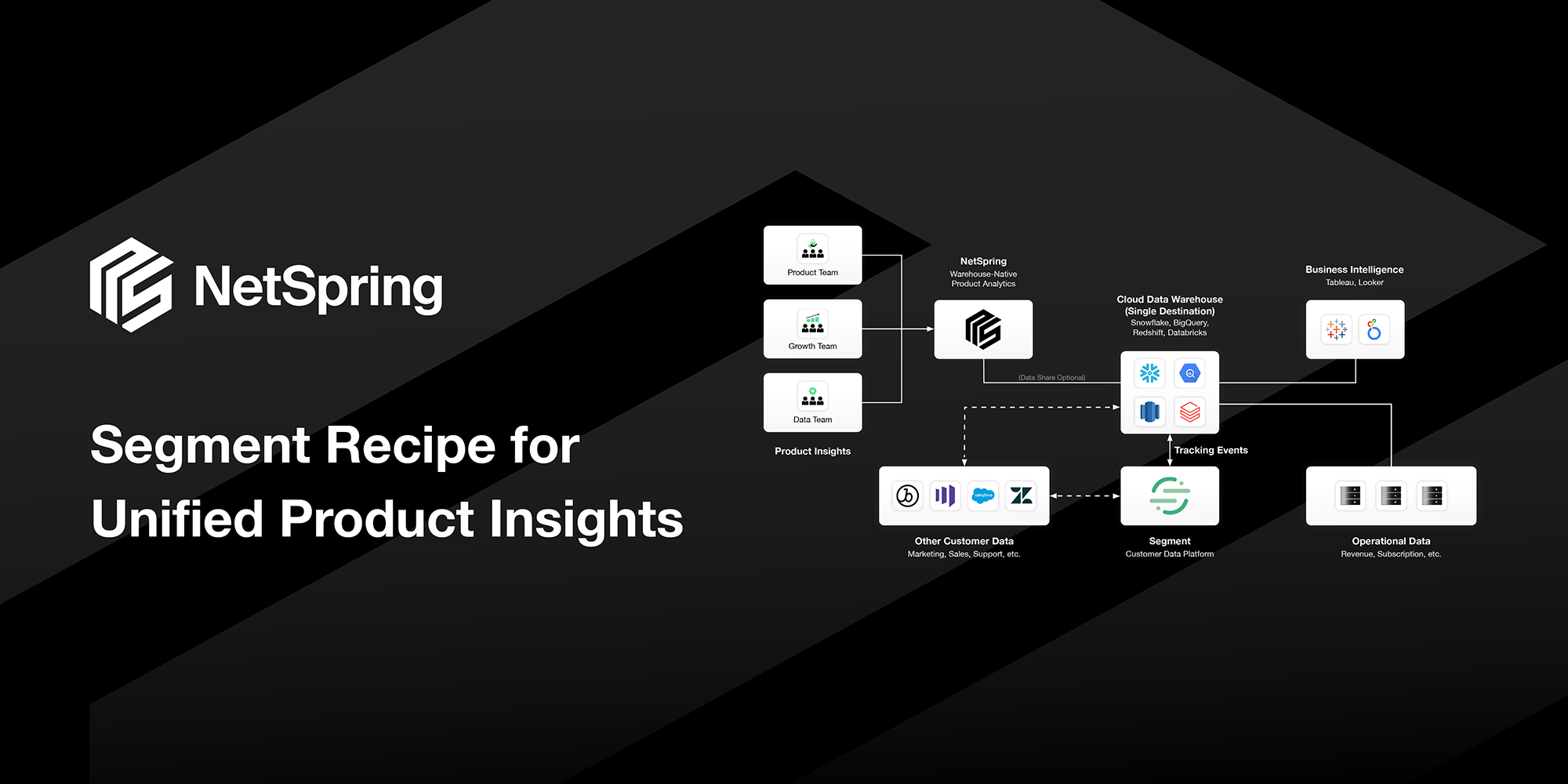Recently, I came across an interesting usage of product analytics at a document management company. They were using one of the first-generation product analytics tools in the market to do analytics on document journeys and life cycles. The core entity they needed to model was a Document. Unfortunately, the first-generation product analytics tool they were using, was designed for user-centric, “shopping cart” style applications. This forced the company to try modeling a Document as a User. As a result, they struggled to generate valuable analytics with this contextually inaccurate model. Does this sound familiar?
While applications tend to be user-centric, there are many that are not. Core entities could be Document, Ticket, Server, Account, Device, Project, Task, Plan, etc. Entities that reflect people performing actions need to be modeled differently from those reflecting non-people on which actions are performed by people. Next-generation product analytics systems provide flexible data models that can model your unique business and provide much richer analytics.
Purpose-built vs General-purpose Product Analytics
Over a decade ago, we saw the emergence of first-generation product analytics tools. With their instrumentation SDKs, they provided the ability to capture user interaction events in products. In addition to the instrumentation, these tools provided canned reporting templates for commonly used analysis, such as event segmentation, conversion, retention, journeys, etc. These tools were purpose-built for very specific analyses with a templated report for each type of analysis. Therefore, they baked in a simple data model of User, Event, and Session. A pre-baked data model has an advantage of ease of use, but limits the set of analytic questions that can be asked and answered.
General-purpose analytics tools such as Business Intelligence (BI) tools were designed as universal platforms to support a wide range of analytical needs. With generic abstractions of relational and dimensional models, they could perform practically any analytic computation using SQL, which enabled a broad variety of use cases. BI tools also supported answering ad hoc questions through interfaces to easily compose queries. Although they have abstractions for modeling any entity and their relationships to other entities, BI tools lack some of the specialized modeling capabilities related to event streams (e.g. modeling a sequence of events with time between events). You could technically do this using SQL, but it would be very cumbersome to express (pages of SQL for a single analysis) and often inefficient to compute.
Next-Generation Product Analytics
A new breed of product analytics tools are emerging that extend the capabilities of traditional first-generation tools. These tools have reporting templates for basic product analysis, but allow you to fork off from any point into ad hoc exploratory analysis. Foundational to this, is a data model that is fundamentally relational with BI-style flexibility, but has extensions for event orientation typical in product analytics use cases. Coupled with this flexible data model is an ad hoc visual exploratory interface and full SQL support.
So a Document can be modeled as just that – a Document. You work natively with any of your business entities as you see them in the source systems or in the data warehouse. You ask questions naturally from this rich, native data model, e.g. What is the average number of signatories for documents in personal plans versus enterprise plans? What is the weekly product usage trend for accounts whose renewal is coming up in the next 30 days?.
With next-generation tools, you avoid having to force fit your business model into a data model that was designed for something very different. Instead, you use rich modeling capabilities to truly reflect your unique business. This opens up the power to ask and answer a wide range of context-rich questions in a language that is intuitive and natural to all your stakeholders. When this capability is available on top of all data in your data warehouse, you can access broader product insights correlated to business outcomes.
NetSpring Product & Behavioral Analytics
NetSpring is ushering in the next-generation of self-service product analytics – with the power of BI, working natively off your data warehouse. Contact us to get a live demo.




